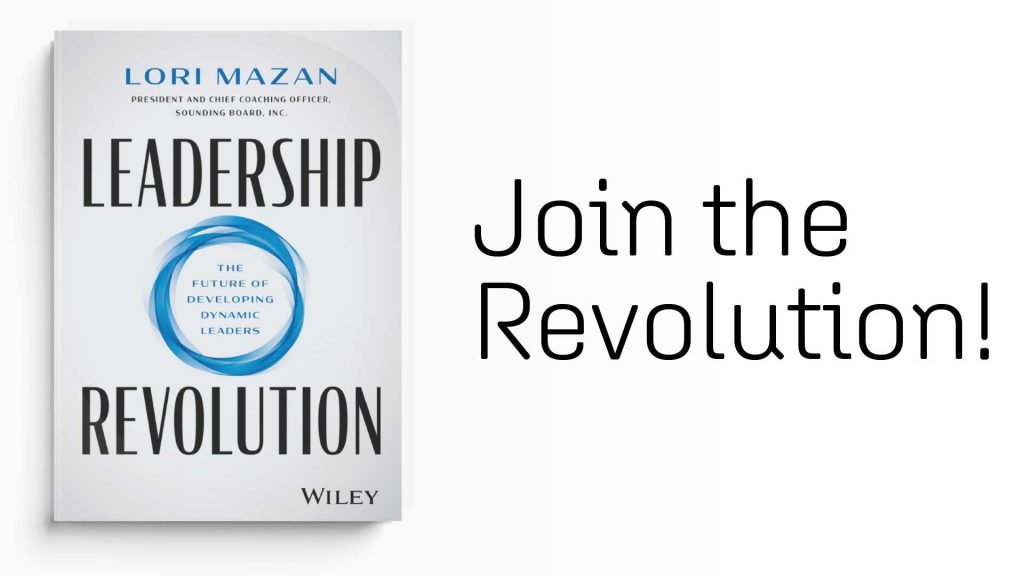Neuroscience is a fascinating and, at times, challenging topic of discussion. However, recent research advances in this field have made it more critical to pay attention to than ever, particularly for senior leaders and decision-makers in companies. In fact, neuroscience has a great deal to offer to leaders, especially as it lends itself to building and managing effective teams.
In a recent webinar, we had the chance to talk to neuroscientists Dr. Heidi Grant and Dr. Jay Van Bevel to discuss how neuroscience integrates with team performance. They focused on the different facets of group versus individual identities, manifesting high-performance groups, and the management of ineffective and difficult team dynamics. Most importantly, they identified actionable steps to help leaders build their most effective teams.
The Importance of Neuroscience in Team Performance
So why is neuroscience central to effective leadership? Dr. Grant suggested that we have a propensity to trust our intuitions, but our intuitions can be, and often are, very wrong. Further, many of us operate under the illusion of transparency, which is our belief that others understand our mental state far better than they actually do. Dr. Van Bavel pointed out neuroscience helps us to essentially “look under the hood of the car.” By understanding what is going on in our brains and identifying things like unconscious bias, we then equip ourselves to apply interventions to improve both individual and group dynamics.
Harnessing Group Identity to Build Teams
Neuroscience research from the last decade has helped us understand how we can better come together in teams. This is based on the idea that our identities rely heavily on our familiarity or proximity to groups. In fact, creating a sense of shared purpose and emphasizing team identity helps people prioritize team over self and be more cooperative. As noted by Dr. Grant, this is more about understanding how we are as humans, rather than how we “should be.”
The Power of Language
People can do great things when they are engaged in a meaningful group identity. In fact, behavior change is more effective when done in the context of groups, mostly because it comes with built-in support and reinforcement. However, a key component to meaningful group behavior change is the clear and explicit use of language to express that shared understanding.
Why is this? Every layer of separation creates an additional opportunity for miscommunication, shared Dr. Grant and Dr. van Bavel. Thus, communication must be explicit and intentional to carry shared meaning, and deliberate communication can create meaningful group norms that drive behavior change. This includes practices such as asking for help, encouraging collaboration, and working together towards common solutions. For further context, Dr. Grant dives into the practices of how to meaningfully ask for help, and how important it is to get help in this way rather than by making assumptions or thinking other people know we need help.
The Challenges of Remote Work
Part of working effectively as a team is strong communication, and respecting people’s time. Communication is now more important than ever, especially as remote work increasingly becomes the norm. Because we are all in a period of adjustment, we are in the process of forming new habits. Dr. Grand and Dr. van Bavel state that many remote work engagements don’t have an explicit purpose, or it hasn’t been communicated effectively, thereby hijacking these new habits while creating confusion and disconnection.
Consider having group-building events but with a clear purpose and plan for helping foster cross-connection. So, for example, don’t throw people into virtual breakout rooms and expect them to figure it out. Have a plan for how to lead the engagement, and make new habit formation easy by showing people what to do.
Organizational Identity and Managing Group Dynamics with Psychological Safety
Organizational identity is all about shared experiences, shared goals, and psychological safety. And in this case, psychological safety is emphasized as the safety to disagree, offer constructive feedback, and dissent. Interestingly, toxic intergroup dynamics usually stem from bad intragroup dynamics. Moreover, research shows that dissenters actually are the ones who identify most deeply with the group. This puts the onus squarely on individual leaders to offer an environment that allows people to be open, dissent, and contribute in a meaningful way to the group dynamic. Without this, toxicity begins to take hold, and it will fester within the group and beyond it.
For many leaders, this is a tall order. With the complexity of team dynamics, they may or may not know where or how to start engendering these important team characteristics. Leadership coaching is an incredible enabler for this, as coaches can help set clear, measurable goals for teams. Likewise, they can help to improve communication, engendering a culture that encourages employees to be open and honest in their interactions. This is key to bolstering group identity and overarching organizational culture.
Concluding Points
According to Dr. Grant and Dr. van Bavel, leaders need to act intentionally to stem toxicity and foster group identity, but also to practice patience in doing so. When fostering inclusivity and providing psychological safety, leaders are more likely to create an organizational identity and shared purpose that helps them to retain good employees and build strong teams.
Fundamentally, there is no easy button, as we are in unprecedented times. Those leaders that take the advised steps and then practice patience will put themselves in a virtuous cycle of growth. Those that foster in vs. out-group mentality and diminished identity will find themselves deterring growth and in a vicious cycle of employee turnover. Having a clear understanding of how neuroscience plays into our group dynamics is key for any leader who wants to strengthen their team.











